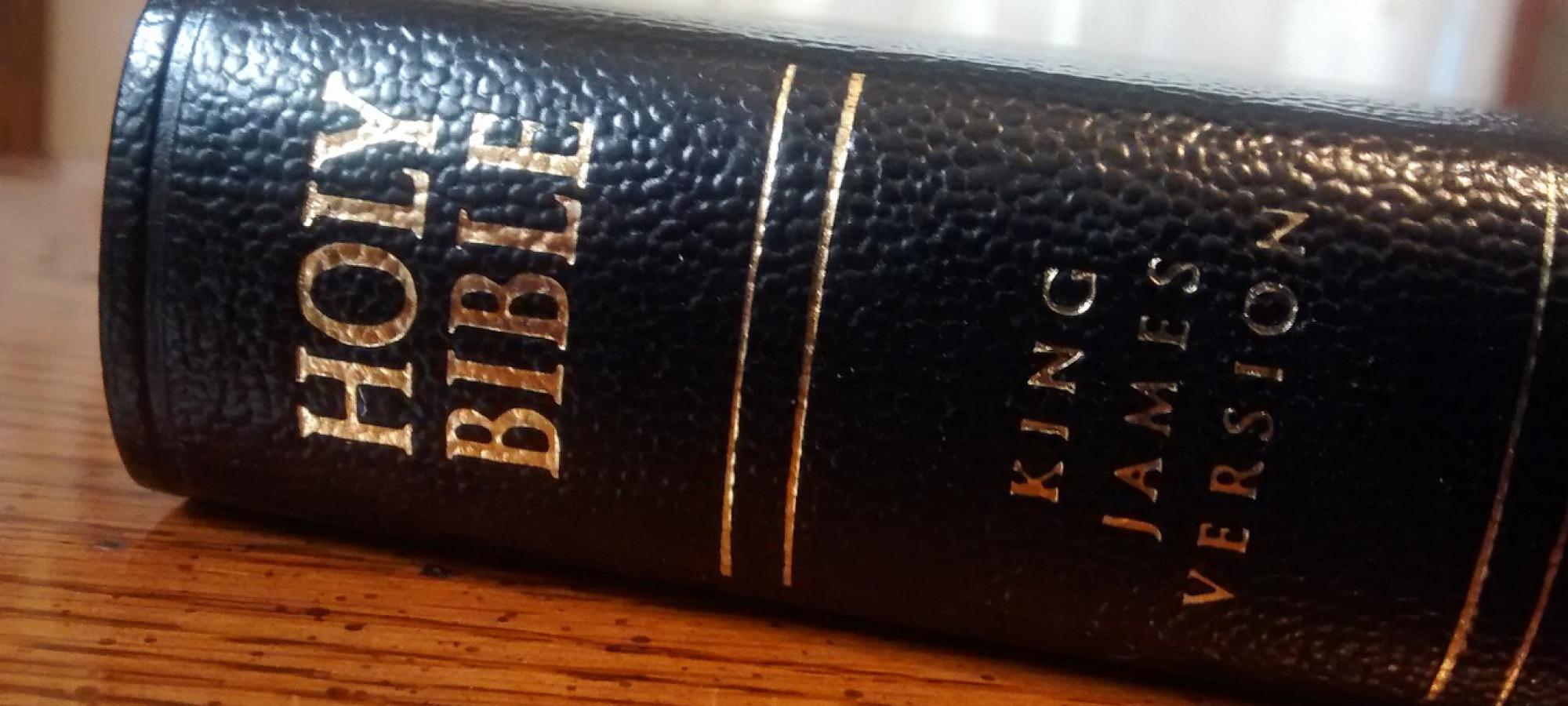
Translating the Bible
Professor John Barton, Senior Research Fellow in Hebrew Bible/Old Testament is writing a book on biblical translation. He shares some of his insights with us.
If you’ve driven in France you’ll have seen the sign signalisation horizontale effacée. How should we translate it into English? One possibility is horizontal signalization effaced, which preserves the clear impression that the sign is in French, and makes us see its foreignness. The other is no white lines, which is how this phenomenon is usually described in Britain (sometimes now no road markings).
This is a parable for the problem of translating the Bible. The Anglophone tradition of translation in general prefers to make the text sound as though a native speaker of English had written it—as Schleiermacher put it, ‘to bring the text to the reader’. This approach is technically called ‘functional equivalence’. Where the Bible is concerned, the Jerusalem and New Jerusalem Bibles belong in this camp. They ask how the biblical writers would have formulated their ideas if they had been writing modern English. Members of Campion Hall need look no further for an exemplar of this approach than Fr Nick King, who has produced functional-equivalent versions of the whole Bible, including not only the New Testament but also the Greek Old Testament—a formidable achievement.
The alternative is ‘to take the reader to the text’: to find ways of indicating that the text is foreign and is not what a modern person would have written. This more literal, ‘formal equivalence’ method has not been favoured in Anglophone circles except in the case of the Bible. It is the tradition of the King James Version, and its descendants, the Revised Standard Version and New Revised Standard Version; and also of the recent English Standard Version, a light revision of the RSV, which seems likely to become the lectionary version for Catholics in England and Wales. Its strength is to remind us that the Bible comes from a culture with different idioms from ours, and deals with issues that are not on today’s agenda for most people. This can be salutary. The Revised New Jerusalem Bible has taken a step closer to this tradition, back-pedalling a little from its predecessors.
Deciding between these two approaches should not be posed in terms of ‘accuracy’. No one wants an inaccurate translation of Scripture, but accuracy is not the same as literalness. No white lines is an accurate translation of the French sign, while being a functional-equivalence one: it conveys the same information to the driver. Conversely, a formal-equivalence rendering can be inaccurate: arguably that is true of horizontal signalization effaced, which conveys no information beyond that the original sign was in French.
Translations can be wrong, but no translation can be uniquely right. Where the Bible is concerned there is a lot to be said for reading versions from both traditions. Together they remind us that Scripture both comes from outside us and tells us what we would not have been able to tell ourselves, and yet also speaks in a language we can understand.

